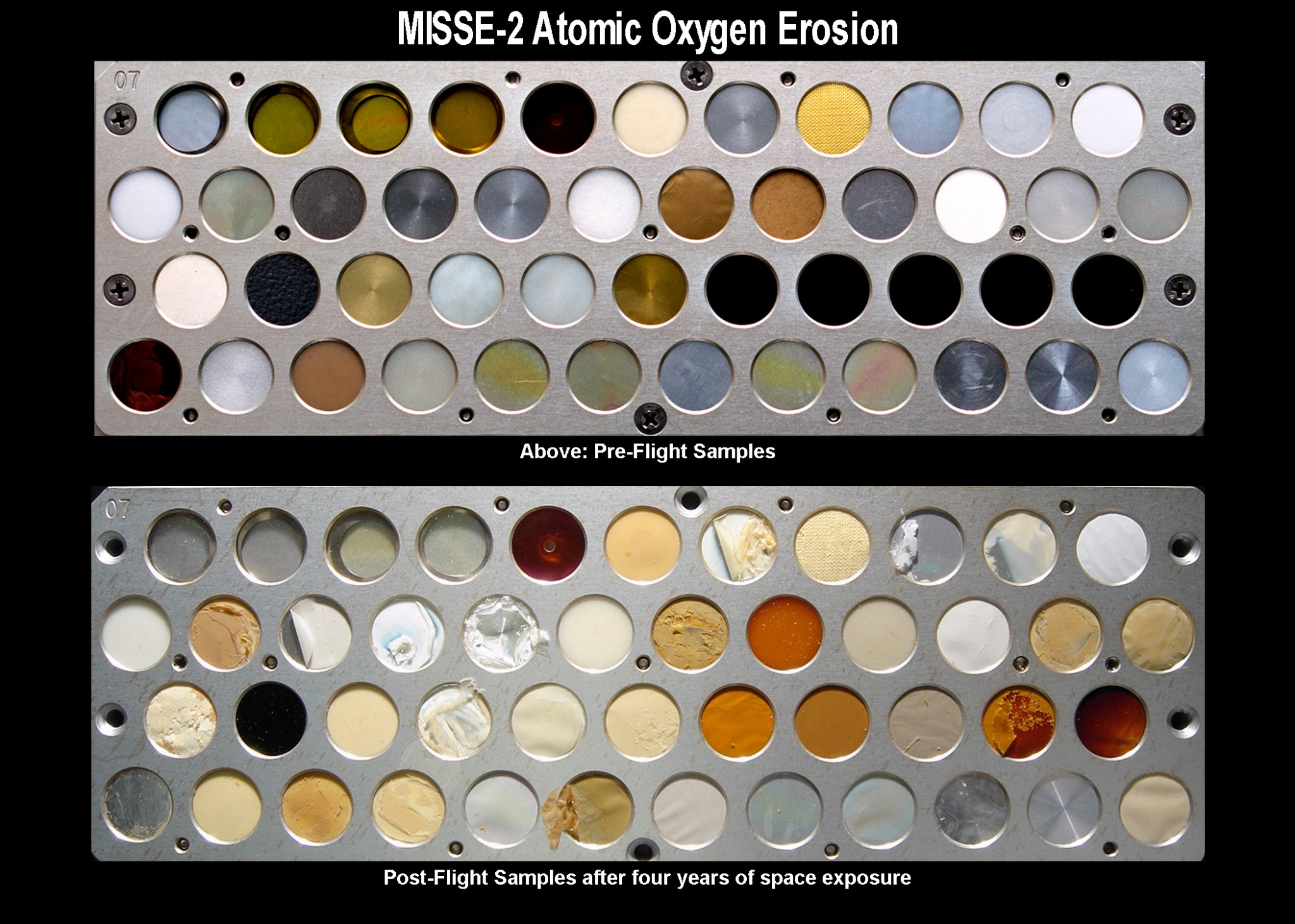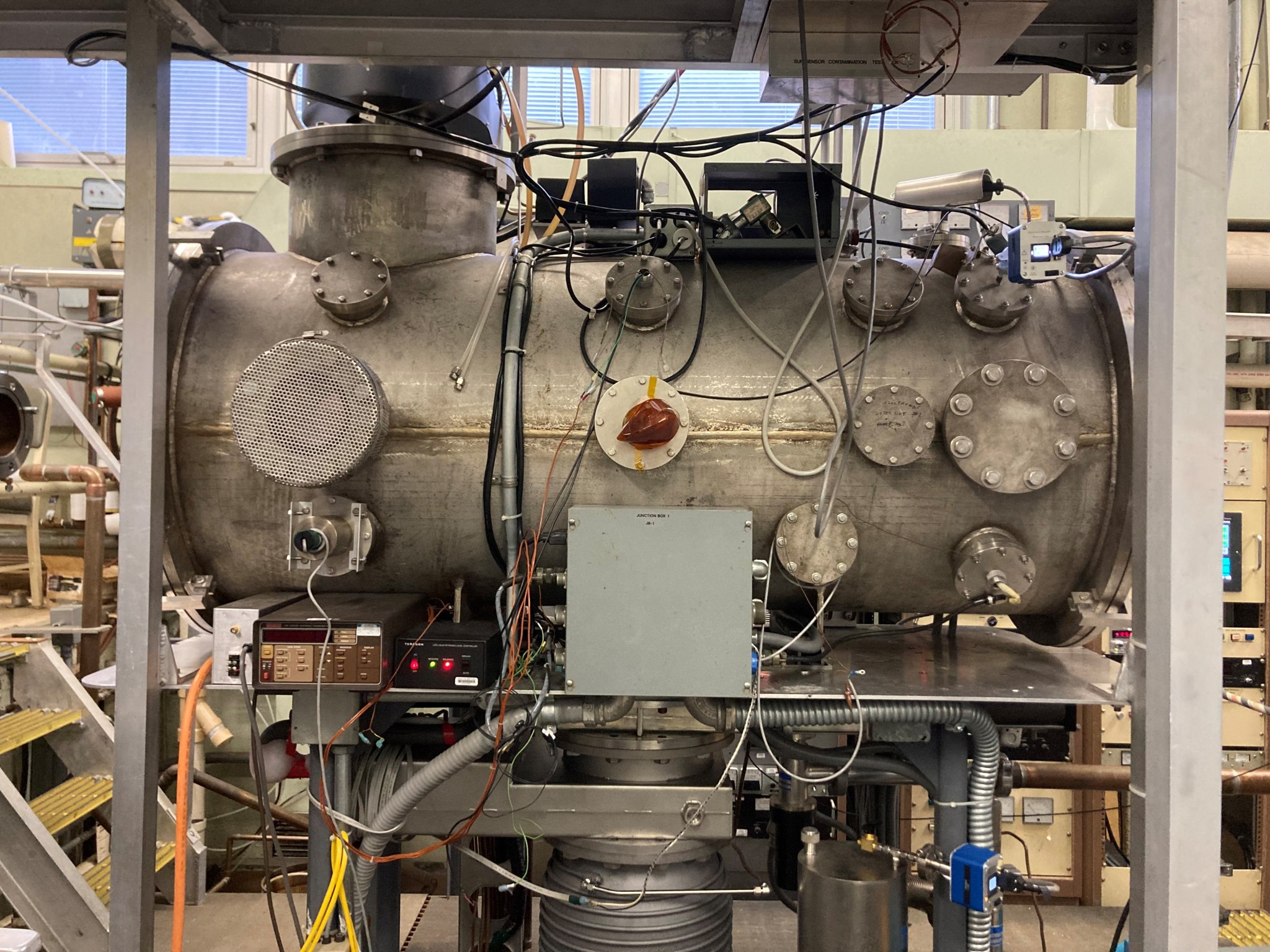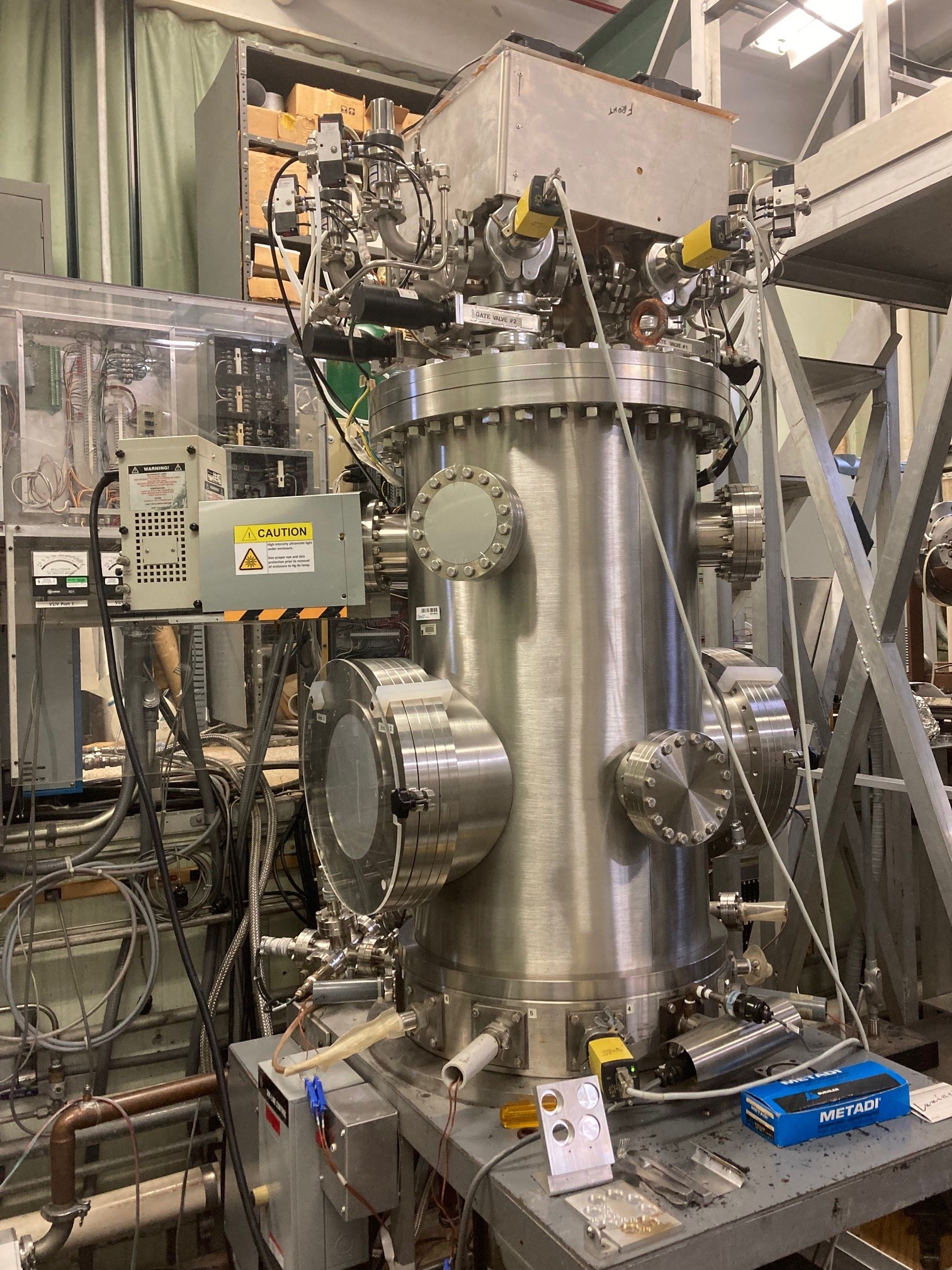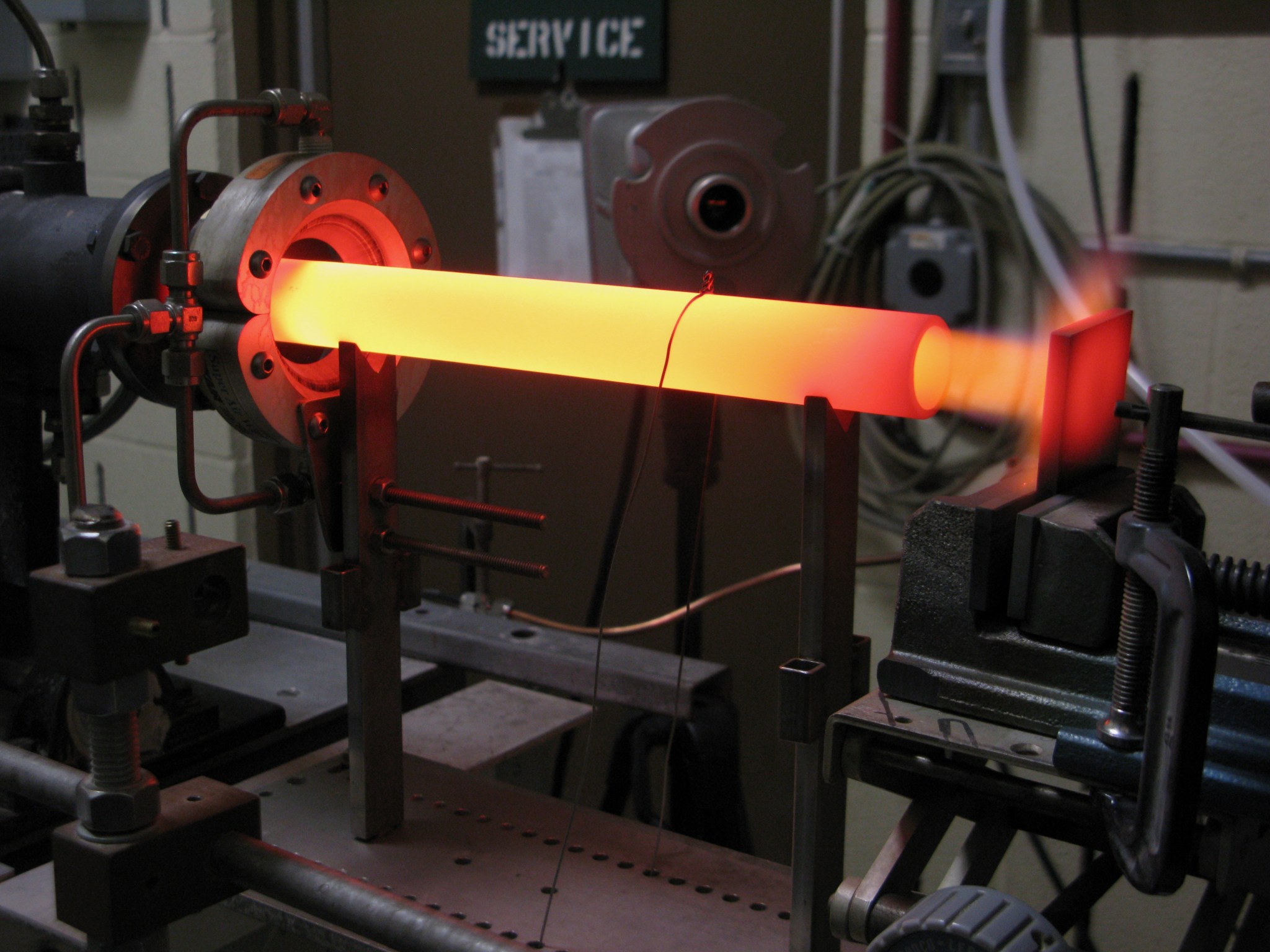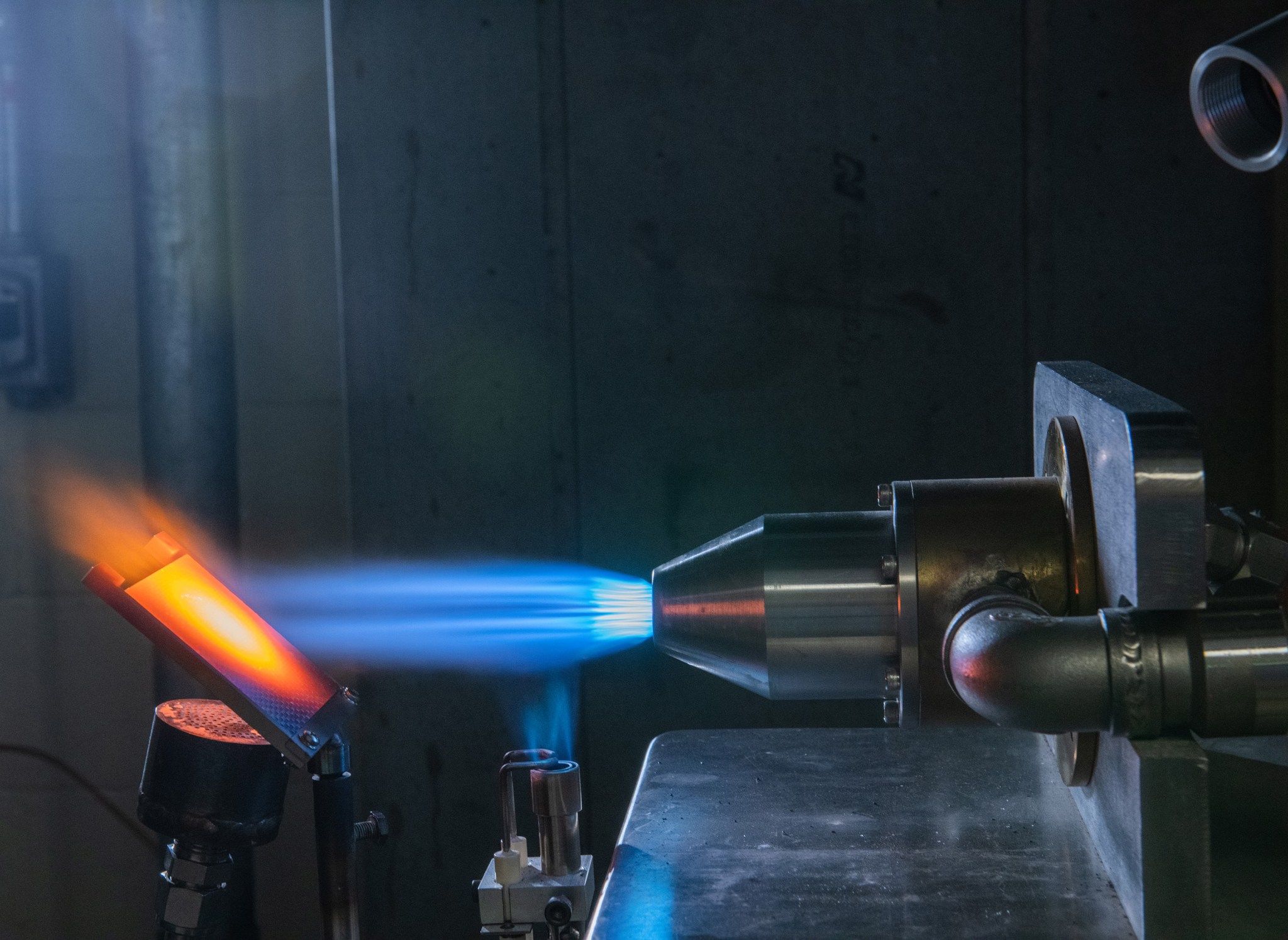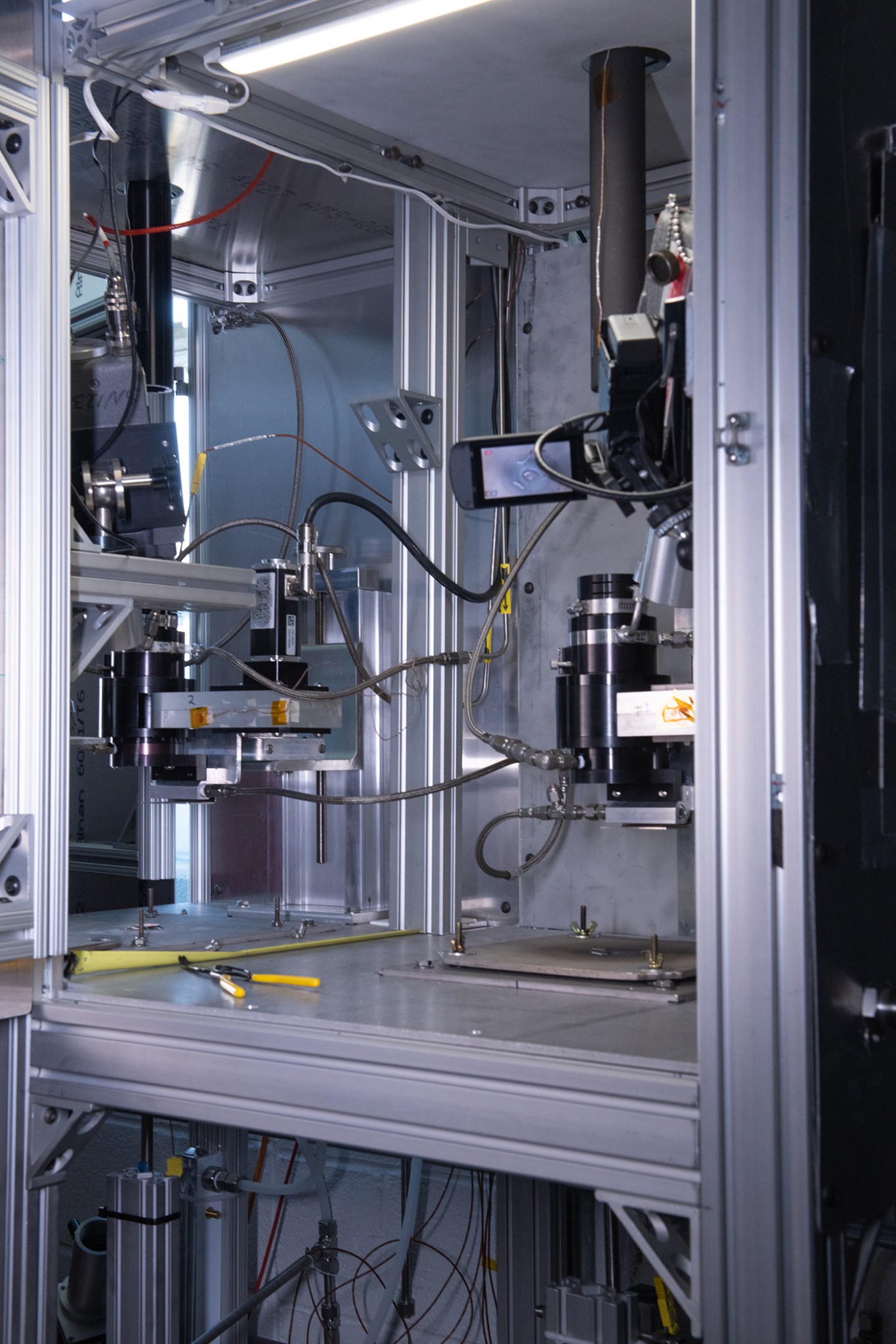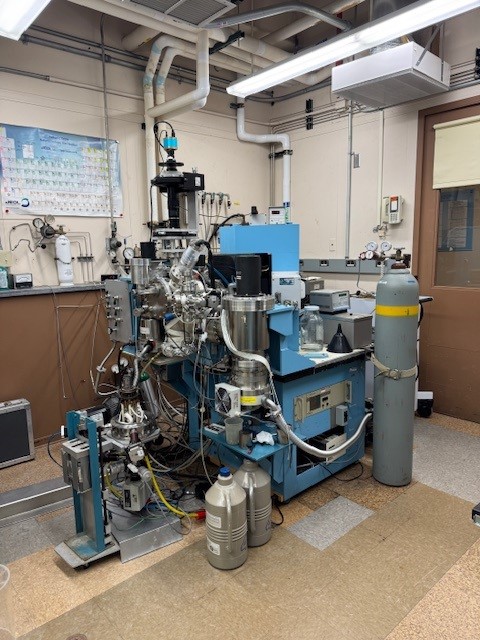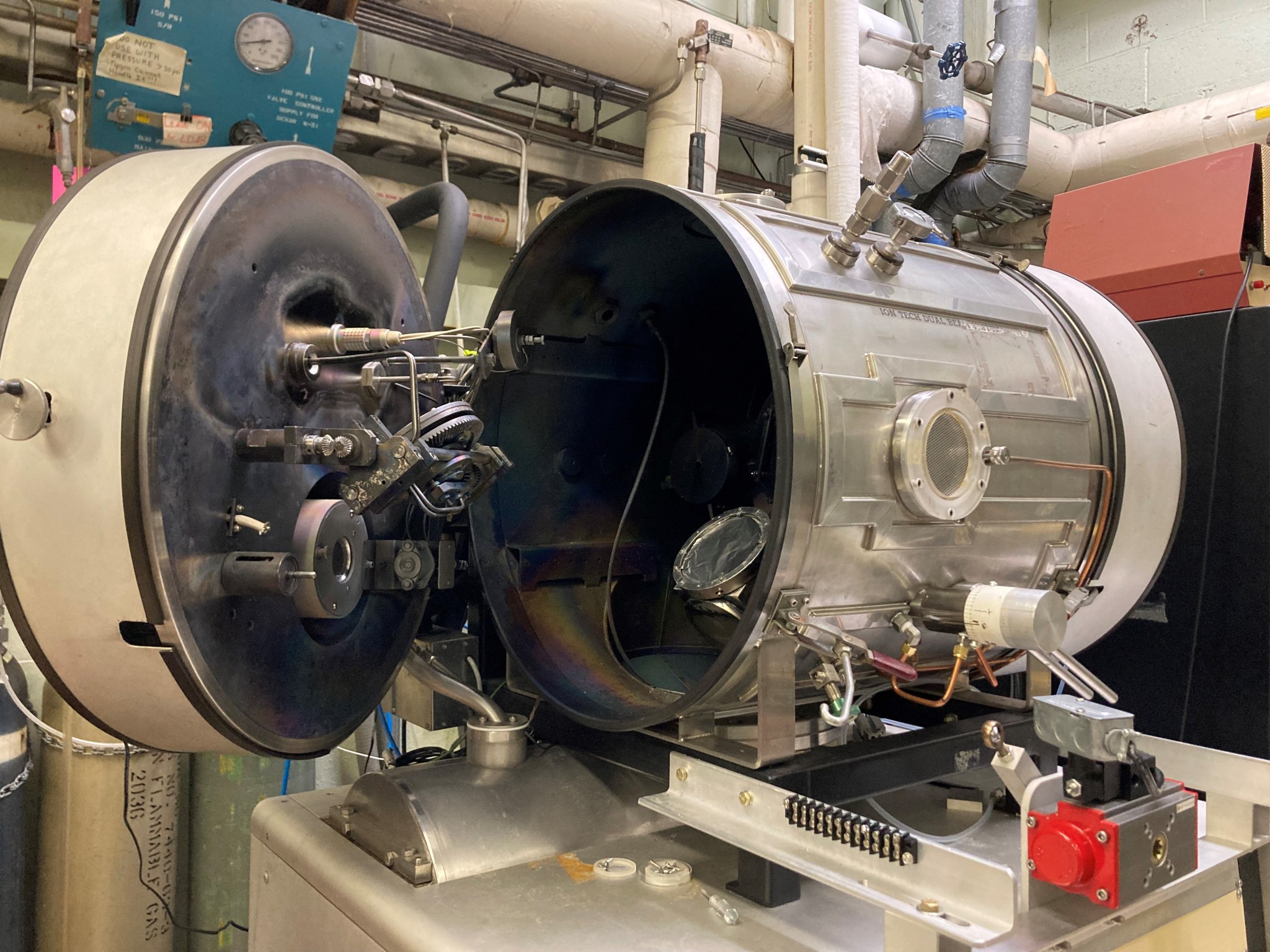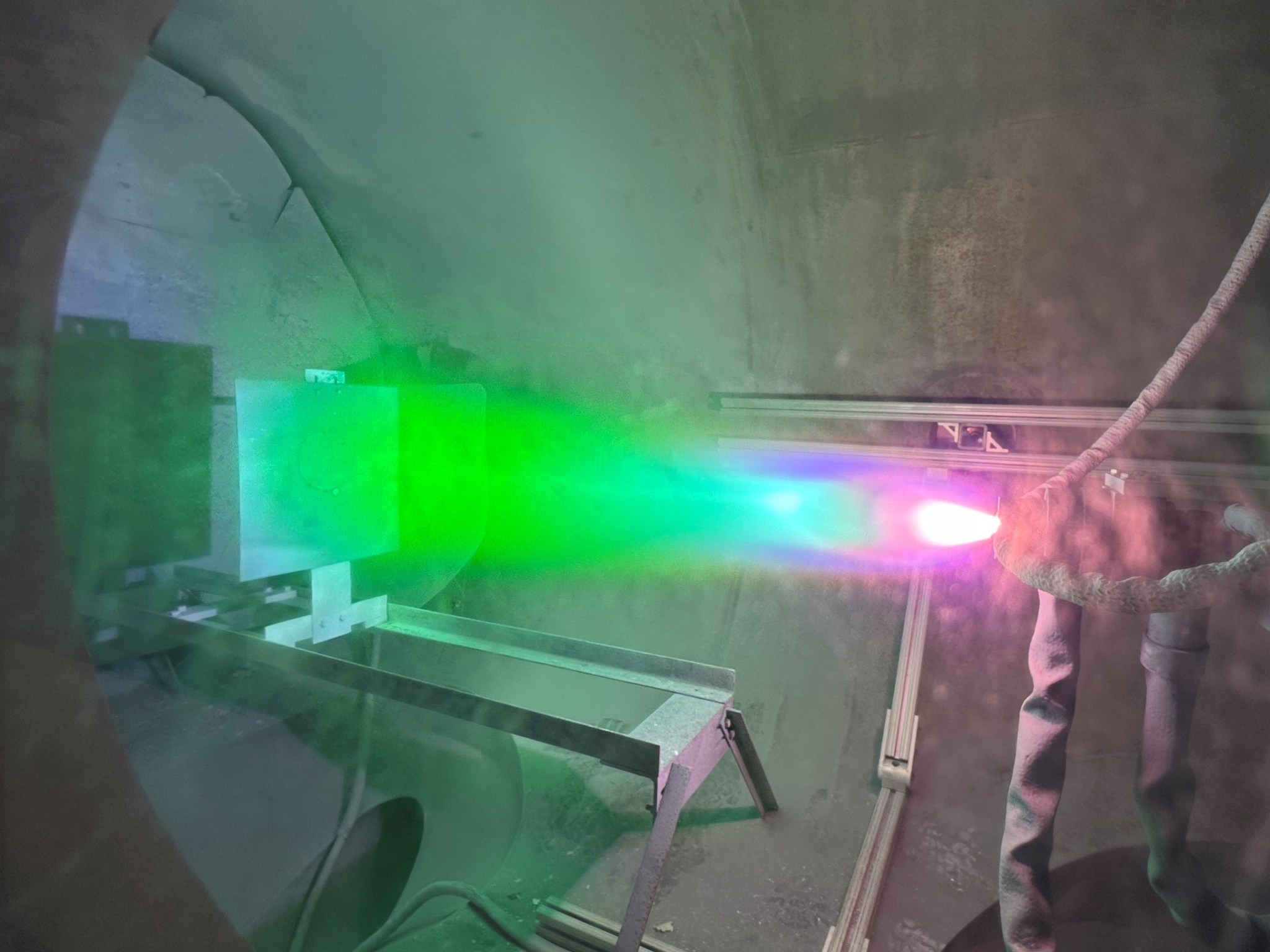NASA researches aerospace materials for durability in extreme environments and provides testing services for external partners.
Overview
The Environmental Effects and Coatings team at NASA’s Glenn Research Center in Cleveland assesses the environmental durability of high-performance aerospace materials and coatings to meet NASA, national, and U.S. industrial needs.
Our researchers use a variety of simple, quick, and cost-effective mechanisms to provide services to external companies and organizations. Interested organizations may contact us via phone or email.
Testing support for external organizations can be accomplished on a cost-effective and timely reimbursement basis, allowing test samples to be sent directly to NASA Glenn. After testing, the samples are returned, and the results obtained are held proprietary to the requesting organization.
Capabilities
Space Environment Testing
- Atomic oxygen testing and material surface texturing
- Vacuum bell jar for exposure to near-ultraviolet radiation
- Lunar surface simulation and lunar dust mitigation testing
- Mars atmosphere chemistry interaction testing
- Low temperature soak and thermal cycling chamber with electronics performance evaluation
- Materials International Space Station Experiments (MISSE)
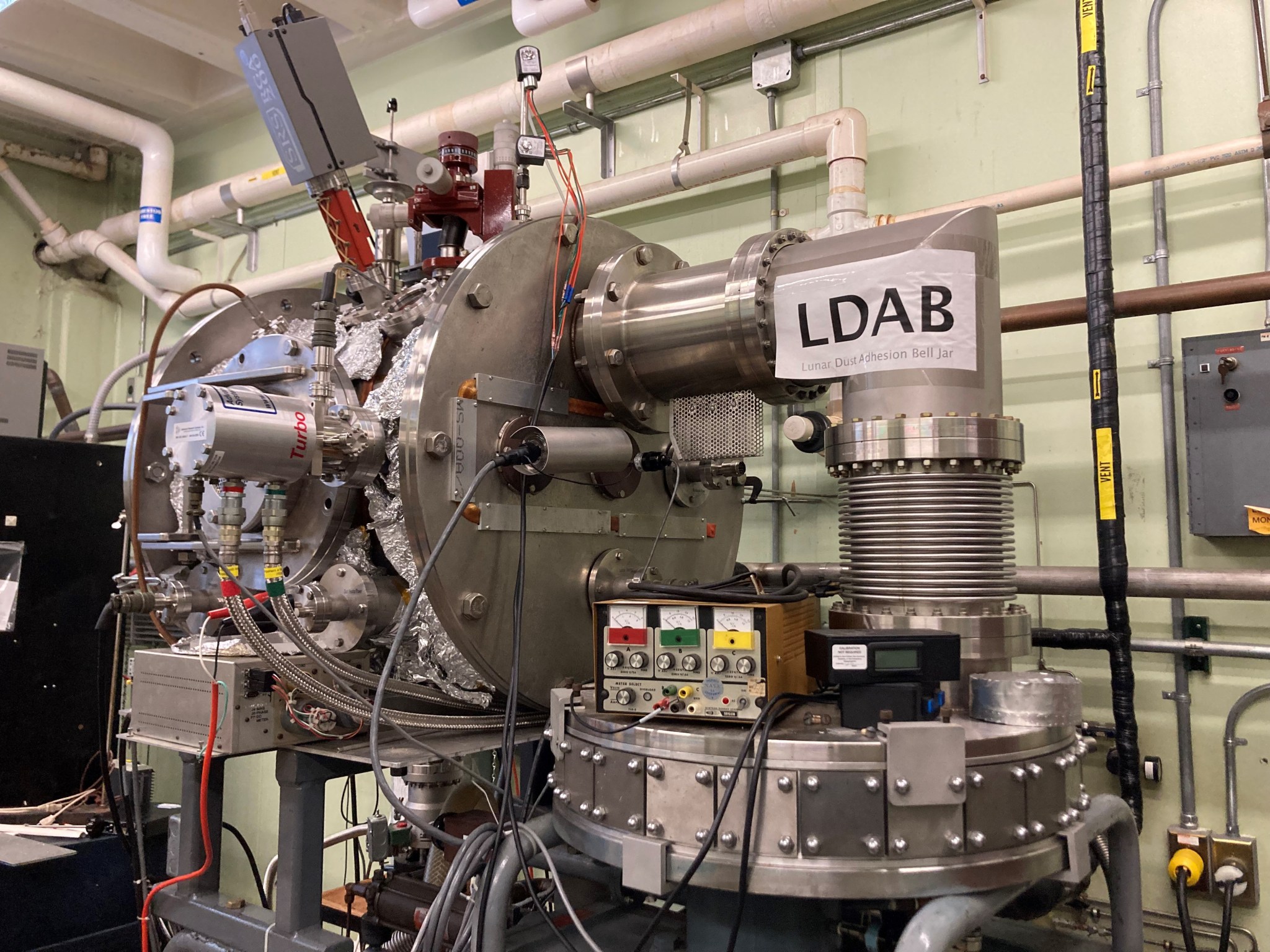
Aeronautics Environment Testing
- Atmospheric steam oxidation furnace: continuous cycling of samples in an isothermal steam environment; is flexible to gas mixtures and compositions
- Thermal gradient testing and characterization
- Mach 0.3 burner rig facility
- Jet-fueled combustors used to subject aircraft engine and airframe materials to a simulated operating environment at atmospheric pressure
- Simulates corrosion, erosion, and impact damage
- Single Beacon Burner Rig
- Natural Gas/Oxygen Burner Rig
- Subjects advanced materials to the high-temperature, high-velocity combustion environment of gas turbine engines at atmospheric pressure
- High heat flux laser lab: Suite of high-powered lasers used to subject advanced materials to a simulated thermal profile for aeronautics and space propulsion systems; can be used in conjunction with mechanical test frames to simulate thermo-mechanical behavior, and a vacuum chamber for space environments testing
- CE-5 materials test section: a modular materials test leg in the CE-5 combustion test facility; is capable of testing materials and airfoils at 3,000°F+ combustion gas temperature capability, 300 psig+ pressure, and 40+ m/s velocity
Materials Characterization and Modeling
- Theoretical modeling and prediction of material properties via density functional theory, molecular dynamics, and machine learning
- World-class mass spectrometry
- Knudsen effusion mass spectrometers
- High-pressure mass spectrometer (up to 2,000°C)
- Thermogravimetry (TGA)
- Operation up to 1,650°C in air or corrosive gases, and 3,000°C in vacuum
- Differential Thermal Analysis and Differential Scanning Calorimetry (DTA / DSC)
- Two simultaneous thermal analyzers capable of operating up to 1,650°C and 2,400°C
- DSC capable of operating up to 1,650°C
- Levitation calorimetry
- Drop and catch (DnC) calorimeter capable of operating up 4,000°C
- Oxide melt drop solution calorimetry
- Isoperibol Tian-Calvet Twin calorimeter
Coatings Development
- Coating deposition via sputtering, plasma spray, thermal spray, e-beam evaporation, and slurry coating methods
- Development of thermal and environmental barrier coatings for extreme environments
- Development of coatings for lunar dust mitigation
- Development of coatings for protection against aerospace environmental degradation
Contact
| Area of Expertise | Name | |
|---|---|---|
| Space Environments Materials | Sharon Miller | sharon.k.miller@nasa.gov |
| Aero Environments Materials | Bryan Harder | bryan.harder@nasa.gov |
| Extreme Environments Testing Capabilities | Craig Robinson | raymond.robinson-1@nasa.gov |
Videos
Materials Science — A Building Block for the Future of Aerospace Technologies
Intro to PS-PVD Processing for Improved Engine Performance
NASA Now: Materials Science: International Space Station Testing
Space Station Live: Materials Research on Station
Projects supported by this research:
Materials International Space Station Experiment
The Materials International Space Station Experiment (MISSE) is a series of spaceflight missions with experiments flown on the exterior of the International Space Station to test the performance and durability of materials and devices exposed to the low-Earth orbit space environment.
Learn More about Materials International Space Station Experiment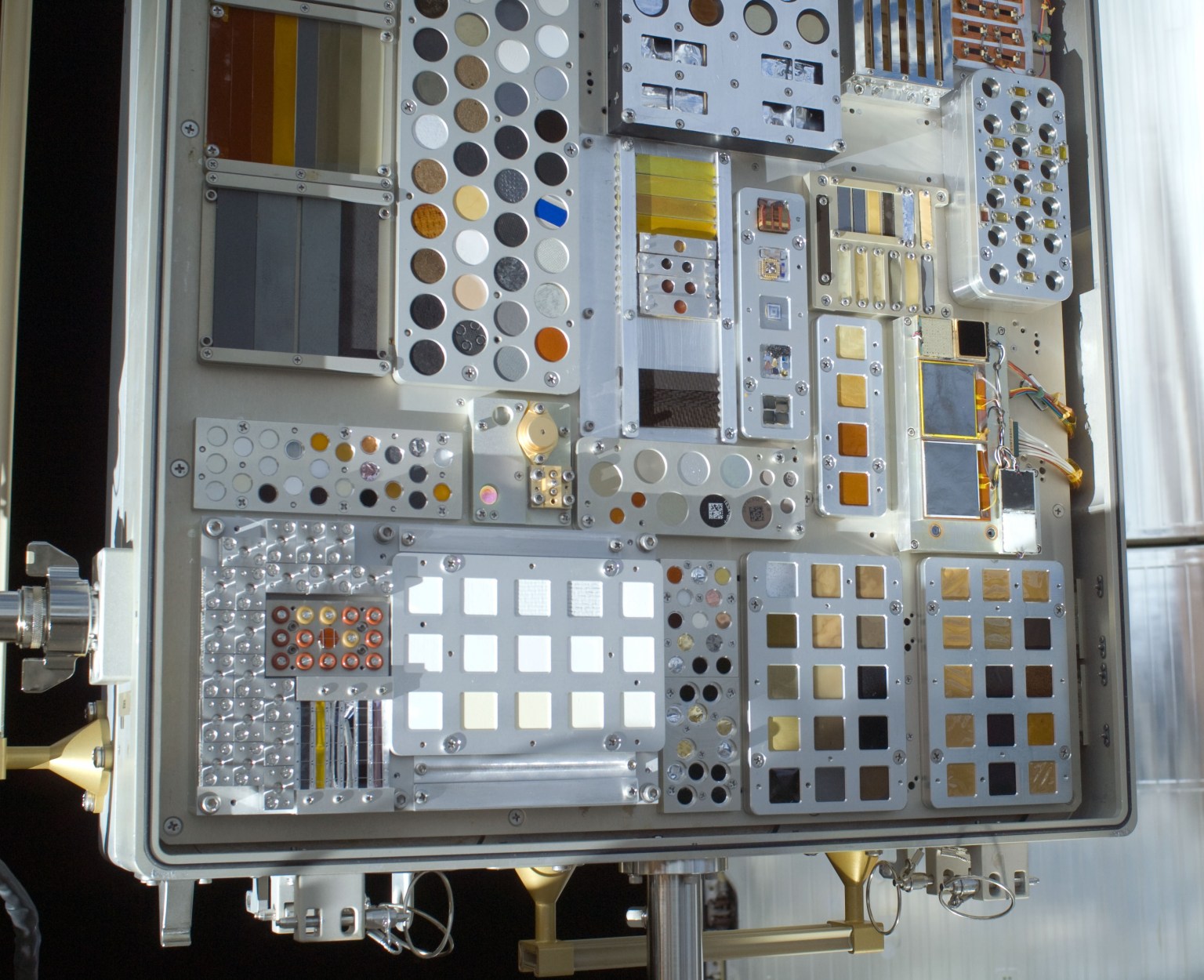
Key Publications
| Publication Title | Author(s) | Source | Type | Year |
|---|---|---|---|---|
| A Dynamic Testing Approach for Particulate Erosion-Corrosion for Gas Turbine Coatings | Stokes, Jamesa L. and Presby, Michael J. | ASME Journal of Engineering for Gas Turbines and Power | Journal Publication | 2024 |
| Expanding the Capability of a Legacy Combustion Flame Tube to Test High-Temperature Engine Materials in Relevant Environments | B. J. Harder, C. W. Liebfried, T. R. Luginbuhl, A. D. Smith, A. R. Stalker, and M. J. Presby, | Journal of Engineering for Gas Turbines and Power, vol. 147, no. 031016 | Journal Publication | 2024 |
| Theoretical Prediction of Thermal Expansion Anisotropy for Y2Si2O7 Environmental Barrier Coatings Using a Deep Neural Network Potential and Comparison to Experiment | C. J. Bodenschatz, W. A. Saidi, J. L. Stokes, R. I. Webster, and G. Costa | Materials, vol. 17, no. 2, Art. no. 2 | Journal Publication | 2024 |
| Expanding the Capability of a Legacy Combustion Flame Tube to Test High-Temperature Engine Materials in Relevant Environments | B. J. Harder, C. W. Liebfried, T. R. Luginbuhl, A. D. Smith, A. R. Stalker, and M. J. Presby | Journal of Engineering for Gas Turbines and Power, vol. 147, no. 031016 | Journal Publication | 2024 |
| Solid particle erosion in ceramic matrix composites and environmental barrier coatings: A perspective | Michael J. Presby, Jamesa L. Stokes, Bryan J. Harder | Journal of the American Ceramic Society, vol. 107, no. 3, pp. 1776–1792, 2024 | Journal Publication | 2024 |
| The Development and Use of a Natural Gas/Oxygen Burner Rig for Environmental Barrier Coating and Ceramic Matrix Composite Technology Maturation | Michael J. Presby, Makoto Endo, Dennis S. Fox, Bryan J. Harder, Kang N. Lee, Leland C. Hoffman, Michael D. Cuy | Journal of Engineering for Gas Turbines and Power, vol. 146, no. 011012 | Journal Publication | 2023 |
| Spacecraft Polymers Atomic Oxygen Durability Handbook | de Groh, Kim K., Banks, Bruce A. and McCarthy, Catherine E. | NTSS NASA Office of the Chief Engineer, NASA Technical Handbook (NASA-HDBK-6024 w/CHANGE 2, Revalidated: 2022-12-16) | NASA Technical Standards Handbook | 2022 |
| Natural Gas/Oxygen Burner Rig at The NASA Glenn Materials Research Laboratory | Dennis S. Fox, Michael J. Presby, Thomas M. Tomsik, Stephen L. McHargue, David. G. Meigs, Matthew. J. Shelton, Robert A. Miller, and Maria A. Kuczmarski | NTRS | NASA TM | 2022 |
| Development of oxide-based High temperature environmental barrier coatings for ceramic matrix composites via the slurry process | Kang N. Lee, Deborah L. Waters, Bernadette J. Puleo, Anita Garg, Wayne D. Jennings, Gustavo Costa, Dagny E. Sacksteder | Journal of the European Ceramic Society, vol. 41, no. 2, pp. 1639–1653 | Journal Publication | 2021 |
| Atomic Oxygen Erosion Data from the MISSE 2-8 Missions | de Groh, Kim K. and Banks, Bruce A. | NASA/TM-2019-219982 | Technical Memorandum | 2019 |
| Mach 0.3 Burner Rig Facility at the NASA Glenn Materials Research Laboratory | Fox, Dennis S. and Miller, Robert A. and Zhu, Dongming and Perez, Michael and Cuy, Michael D. and Robinson, R. Craig. | NASA/TM—2011-216986 | Technical Memorandum | 2011 |
| Prediction of Atomic Oxygen Erosion Yield for Spacecraft Polymers | Banks, B. A., Backus, J. A., Manno, M. V., Waters, D. L., Cameron, K. C. and de Groh, K. K. | Journal of Spacecraft and Rockets, Vol. 48, No. 1, January-February 2011, pp.14-22. | Journal Publication | 2011 |
| Measuring Thermodynamic Properties of Metals and Alloys with Knudsen Effusion Mass Spectrometry | Evan Copeland, Nathan Jacobson | NTRS | NASA TM | 2010 |



























